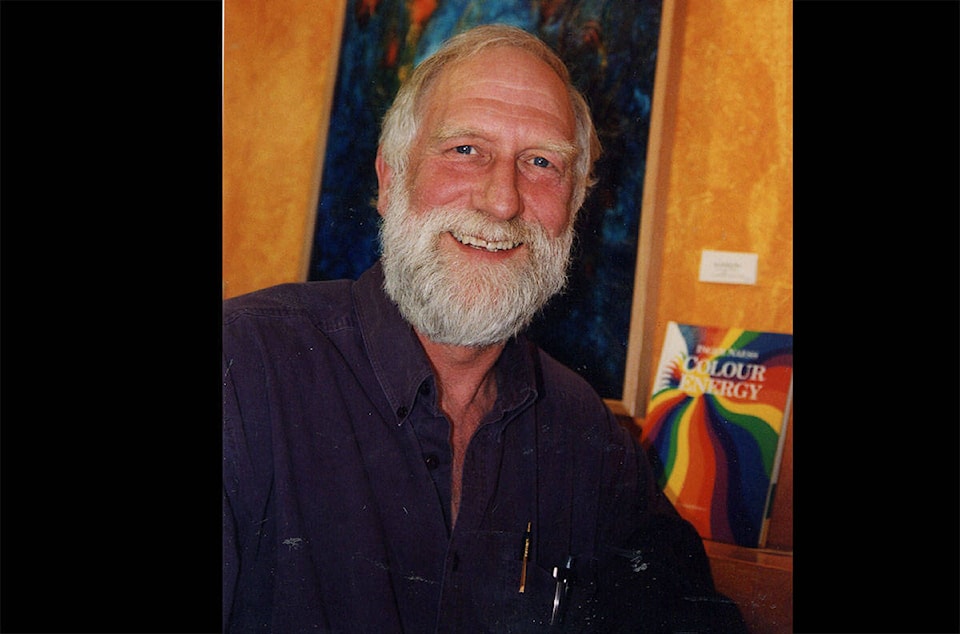By David Zirnhelt
With lifetime high water making it impossible for us to cross the valley to our main hayfields, my mind turns to drought again because that is the climate change prognosis.
I go back though some of the articles written about drought proofing our farmland. Most of these articles tell us we need to increase the organic matter content of our soils.
As organic matter declines, so declines the protein content of the plants we grow. This has happened when we cultivate our soils and add chemical fertilizer. Yes, productivity can increase. But land not having irrigation available leaves us vulnerable to drought.
I need to continually remind myself that our long-term goal is to increase the biological activity which enhances the natural fertility and actually builds rather than depletes soil organic matter.
As crop farmers around North America have specialized on those crops and have quit the livestock industries in the name of “efficiency”, they have lost sight of long-term sustainable productivity which inevitably means some level of profitability.
Outside income poured into farms must be seen as a return of financial capital to restore ecological capital (soil and organic matter.)
Most of us have built our ranching operations on financial investment which uses technology and various inputs into the crop production.
I am not harping here, just reminding us all, that growing the soil which feeds the plants we use, is the endgame of sustainable agriculture.
Moving on to new frontiers in an era of climate change is a dicey strategy. Deserts are replacing grasslands and some traditional food producing lands around the world.
These frontiers involve places like the Amazon basin. Or, what might be in our minds, is the lands from which ice and snow (and permafrost) are receding.
The story of humankind can’t be about moving away from whole regions ( Roman Empire, Middle East, parts of America) in order to exploit news lands (North America) and using up the stored ecological capital—organic matter in our pursuit of productivity required to feed the world.
As we emerge from the first phase of the impact of COVID we are seeing stresses from a lack of farm labour to harvest and manage crops and many promises of new technologies that promise to maintain or enhance food productivity.
I am writing on this topic just to remind myself and food consumers that the greatest technology is the farming culture that values good land.
I have on my bookshelf a Canadian government publication from 1984, Soil at Risk. Now, almost 40 years later I wonder what of this report has been heeded. Efforts at soil conservation have on the whole been diminished in the government realm — extension experts, relevant locally based research.
Now this might be changing, but simple solutions are not readily available, although just the discussion of soil health and the innovation in farming techniques by progressive farmers may be changing.
Governments must keep their eyes on farmers, future farmers and the support they need to revive farming as we pull out of this pandemic crisis.
The role of livestock in maintaining soil productivity must be recognized, particularly on the soils such as ours in the interior where there is little preexisting organic matter.
I know this is a common theme, but it does take 13 repetitions of a message to for it to sink in for the average person.
David Zirnhelt is a rancher and member of the Cariboo Cattlemen’s Association. He is also chair of the Advisory Committee for the Applied Sustainable Ranching Program at TRU.
